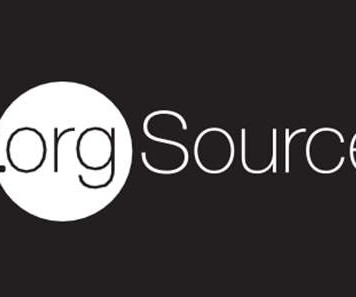Build a Digital Ecology–Promote IT Collaboration Across Your Organization
.orgSource
MAY 1, 2023
It sounds instantaneous—as if you could type a few commands and new software would magically turn your organization into a super-powered generator of member engagement and delight. Becoming a digital organization means infusing technology into your association’s ecosystem. If only it were that simple.











Let's personalize your content